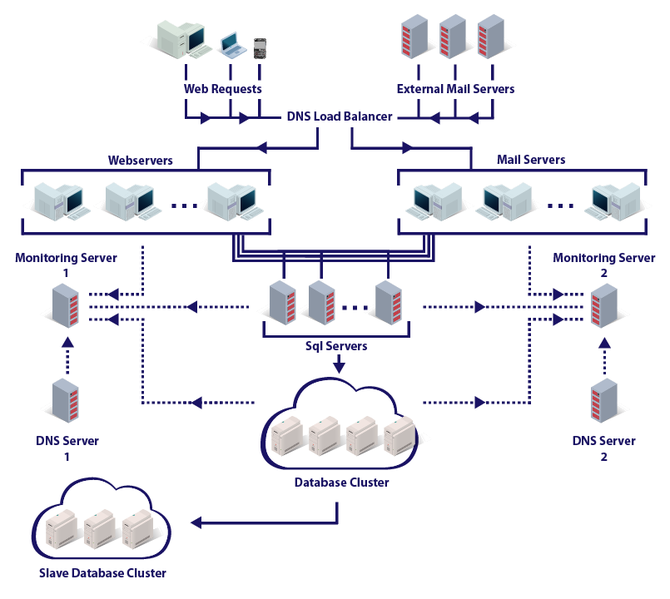What is a clustered file system?
File systems that run on numerous storage servers and can be accessed and managed as a single system are known as clustered file systems (CFS).
A CFS gathers and spreads storage capacity on storage networks that is available but not always utilised. As a result, storage usage rates rise, and performance improves. A volume manager is included in most clustered file systems, allowing an administrator to allocate capacity.
When servers are arranged into a cluster, a standard file system facilitates storage retrieval between an operating system (OS) and a storage system, but this can become more complicated. A cluster file system (CFS) can arrange data storage and access across all clusters.
Types of Cluster File Systems
- GFS stands for Global File System
- The most extensively used clustered file system is GFS, which is available in Linux. GFS, developed by Red Hat (NYSE: RHT), allows all cluster nodes to access data at the same time. Metadata is typically kept on a shared (or replicated) storage partition.
- OCFS stands for Oracle Clustered File System (NASDAQ: ORCL).
- OCFS is similar to GFS in concept, and OCFS2 is now available on Linux.
- VMware’s (NYSE: VMW) Virtual Machine File System is known as VMFS.
- The clustered file system used by ESX Server to allow several servers to access the same shared storage is called VMFS. Because the same storage is accessible at the source and destination, virtual machine migration (to separate servers) is seamless. There is no single point of failure between the ESX servers because the journals are spread.
- Lustre is a clustered, distributed file system developed by Sun (NASDAQ: JAVA).
- Lustre is a distributed file system that can handle thousands of nodes in very large clusters. Although Lustre is available for Linux, its use outside of the high-performance computing community is restricted.
Choosing the Right System
It’s never a bad thing to have too many options. The clustered or distributed file system and storage architecture you choose will be determined by your implementation goals. All of the aforementioned file systems perform admirably when used as intended. If you need technical guidance to engineer your specific network then please contact Fabrix.Tv

